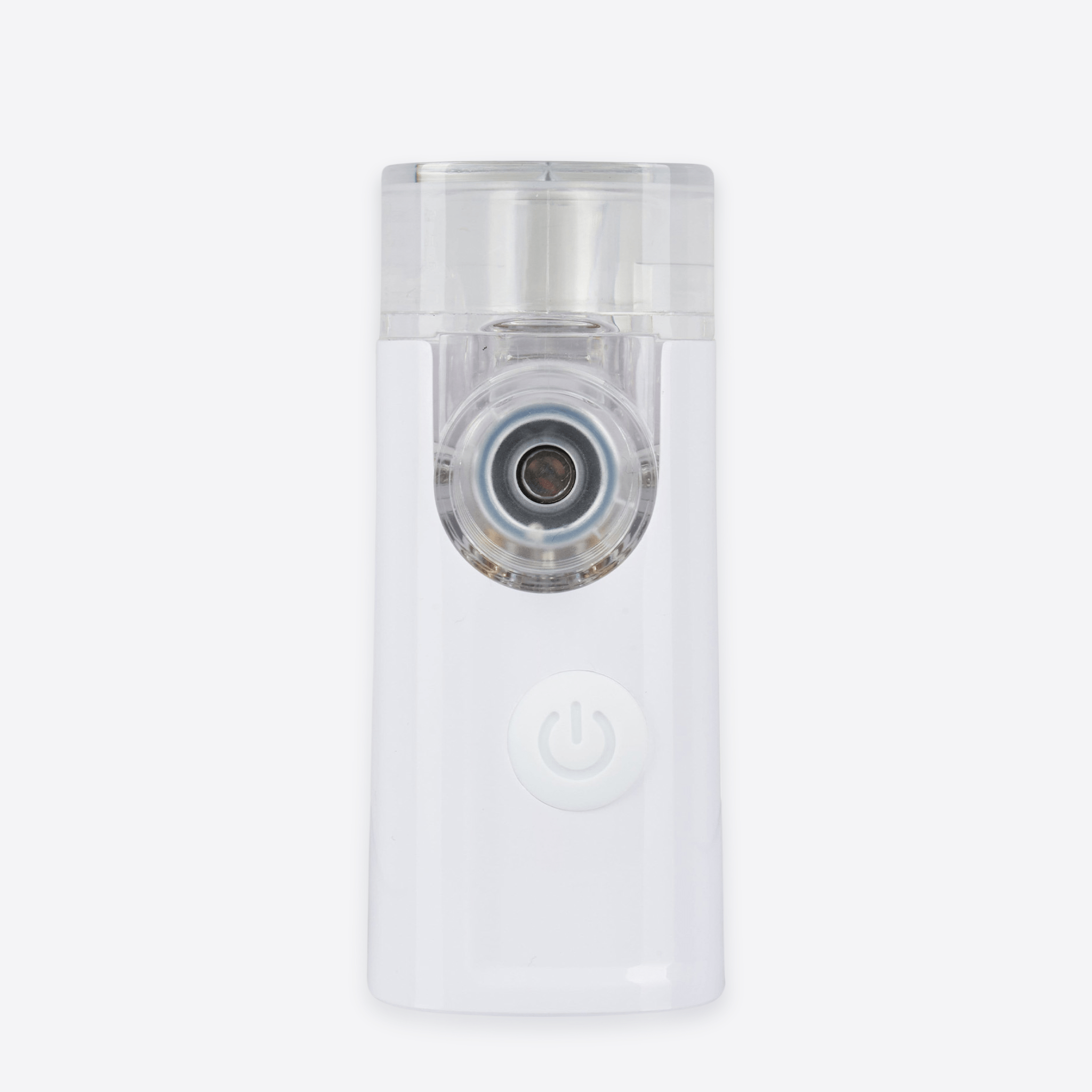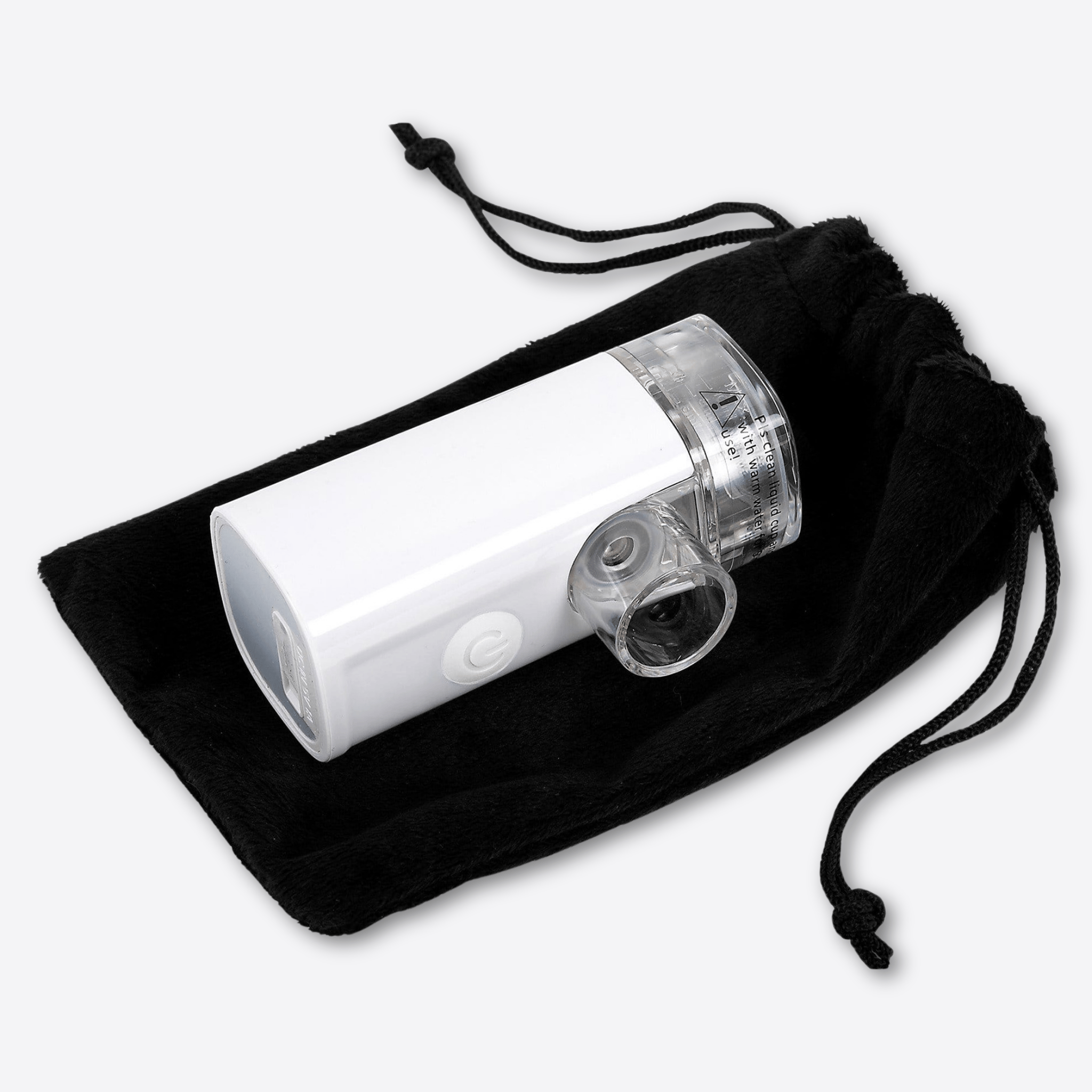Many people with COPD find that their symptoms worsen when they feel stressed or anxious. This can make it difficult to breathe and can even lead to an asthma attack. While there is no cure for COPD, some breathing exercises can help ease the symptoms alongside using your portable nebulizer machine.
We will break down all that you need to know on this topic on this page. This way, you can take a break from using your portable nebulizer machine and start doing some natural methods to help you improve your breathing!
The Five Best Breathing Exercises for COPD
When it comes to breathing exercises, five seem to do the trick. They're simple and easy to remember whenever you need to get a fresh breath of air.
1. Pursed-Lip Breathing
Pursed-lip breathing is a breathing technique that can help manage shortness of breath. When done alongside your portable nebulizer machine treatment, it can be helpful! To do pursed-lip breathing, you breathe in slowly through your nose, counting to two. Then, you pucker your lips as if you were going to whistle and breathe out slowly through your mouth, counting to four.
2. Diaphragmatic Breathing

Diaphragmatic breathing is a type of breathing done by contracting the diaphragm, a muscle located at the base of the lungs. This type of breathing allows for a deeper and more efficient breath, as the diaphragm contracts and the lungs fill with air. Diaphragmatic breathing is beneficial for both physical and mental health and can be used alongside the best portable nebulizer for treating COPD.
To do diaphragmatic breathing, place one hand on your chest and the other below your rib cage. This will allow you to feel your diaphragm move as you breathe. Breathe in slowly through your nose so that your stomach moves out against your hand. The hand on your chest should move very little.
Exhale slowly through pursed lips, feeling your stomach fall back toward your spine. The hand on your chest should move very little. For best results, do this daily.
3. Abdominal Breathing
Abdominal breathing is when you breathe deeply and slowly into your stomach. This is good for COPD because it helps to expand your lungs and get more oxygen into your blood.
First, to do abdominal breathing, find a comfortable position to sit or lie down in. Place one hand on your stomach just below your navel and the other hand on your chest. As you breathe in through your nose, focus on pushing your stomach out so that your hand moves with your breath.
You should feel your stomach expanding, but your chest should not move. As you exhale through your mouth, allow your stomach to fall back in, pushing out the air. Repeat this process for 10-20 breaths, and feel your body relax with each inhale and exhale.
4. Deep Breathing
Deep breathing is good for COPD because it helps to keep the lungs clear and open. When the lungs are clear and open, it is easier for oxygen to get in and carbon dioxide to get out. This helps keep the blood oxygen levels up and the carbon dioxide levels down, which is good for the heart and the brain.
To do deep breaths for COPD, first sit up straight in a comfortable position. Place one hand on your stomach and the other on your chest. Slowly inhale through your nose, allowing your belly to expand. Once you have taken a deep breath in, slowly exhale through your mouth. Repeat this process ten times.
5. Huff Coughs
Huff coughs are a type of coughing that is beneficial for COPD patients. This method of coughing helps to expel mucus and other secretions from the lungs, which can help to improve breathing and prevent further lung damage.
Take a deep breath in and then exhale forcefully to do a huff cough. The exhaled air will help to loosen the mucus and make it easier to cough up. Typically, you should blow out your inhalations with three even exhales.
The Benefits of Breathing Exercises for COPD
There are many benefits of breathing exercises for COPD. They can help improve your breathing and lung function, and can also help reduce your anxiety and stress levels. Breathing exercises can also help you to get rid of any mucus that is stuck in your lungs. Here is a more detailed list of benefits:
1. Improving Your Quality of Life
Breathing exercises can help improve your quality of life by reducing your symptoms and improving your ability to do everyday activities.
2. Reducing Your Shortness of Breath
Breathing exercises can help reduce your shortness of breath by improving your lung function and making it easier for you to breathe.
3. Improving Your Overall Health
Breathing exercises can also help improve your overall health by reducing your risk of heart disease, stroke, and other health problems.
4. Helping You Quit Smoking
If you smoke, breathing exercises can help you quit smoking by reducing your cravings and withdrawal symptoms. Whenever you crave a cigarette, start doing breathing exercises instead!
5. Reducing Your Stress Levels
Breathing exercises can also help reduce your stress levels by promoting relaxation.
How to Incorporate Breathing Exercises Into Your Daily Routine
Incorporating breathing exercises into your daily routine is a great way to improve your overall health and well-being. There are many different ways to do breathing exercises, so find a method that works best for you and make it a part of your daily routine.
One simple way to do breathing exercises is to sit in a comfortable position with your eyes closed and focus on your breath. Take a deep breath in through your nose and exhale slowly through your mouth. Repeat this process for 10-15 minutes each day.
Do You Need a New Portable Nebulizer Machine?

If you need some assistance with your breathing, you might also want to find the best portable nebulizer. Get in touch with our team here at Wizard Research if you need a new portable nebulizer machine. We have plenty of high-quality products in stock that can also assist you with your COPD.





